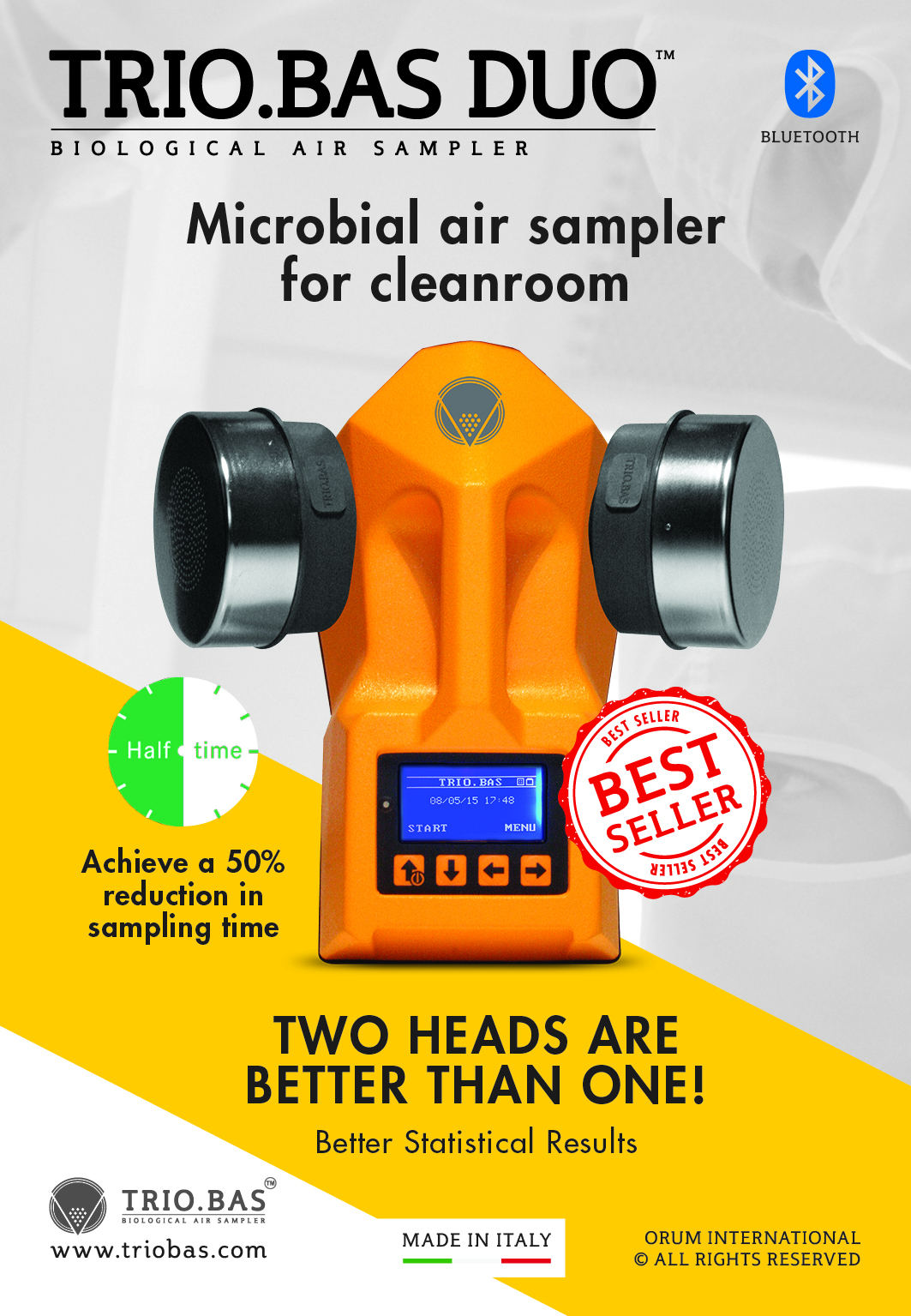The basic cryogenic safety procedures to follow in laboratory
Introduction
Cryogenic materials are extremely cold and call for special handling, tools and personal protection. Liquified gases will freeze skin on contact, so you should wear nonporous gloves intended for cryogenic work. Boots and long clothing will prevent accidental contact from spills. Since cryogenic temperatures can also damage many materials, use only containers and equipment designed to handle these conditions. Many people work with cryogenics every day, so using the right equipment and following simple procedures will keep them safe.
Primary Hazards
Cryogenic materials have temperatures roughly lower than -150°C. This will instantly cause frostbite or burn any exposed skin. Prolonged contact will cause serious, possibly life-threatening injury. Because of this hazard, avoid any direct contact with cryogenic solids or liquids to your skin or eyes.
Very low temperatures cause normally soft, flexible objects such as hoses, gaskets and seals to become brittle and crack. Cracked parts may have sharp edges, posing a laceration hazard. Store cryogenic materials only in containers specifically designed for the purpose. Certain closed-cell plastic foams, such as styrofoam, can contain liquid nitrogen for short periods of time. Metals will undergo thermal contraction and possibly crack. They will also become extremely cold to the touch.
Secondary Hazards
Cryogenic liquids boil at room temperature, giving off gases. These gases will be extremely cold. While the cooling power of a gas is less than a liquid’s, you should still keep it at a safe distance. For hydrogen and liquefied natural gas (LNG), flammability is a concern. Nitrogen, argon and helium, on the other hand, are chemically inert and won’t burn, but they displace air, creating a risk of asphyxiation. Liquids boiling into gases expand volume by thousands of times, so use them only with adequate ventilation. Never store cryogenic liquids in a sealed container without pressure relief. As the liquids turn to gas, pressure will build past the container’s bursting point, possibly resulting in an explosion.
Tanks
Cryogenic liquids are delivered and stored in special steel tanks, called dewars. Essentially, they’re giant Thermos® bottles designed to insulate the cold liquids from normal temperatures. They also have a relief-valve system that vents the gases that boil off, regardless of how well-insulated the dewar is. The tanks should be kept in a limited-access room, preferably locked. Keep the tank chained to a nearby wall to prevent tipping.
Personal Protective Equipment
If you’re handling cryogenic materials, you need a pair of special gloves made for the purpose. They’re thick, made of rubber and cloth, and cover the skin up to the elbows. The rubber prevents any cold liquids from seeping in. In addition, closed-toe shoes or boots and long pants are essential to prevent skin contact in case of spills. A full-face shield and rubber apron will afford extra protection, especially if you expect splattering.
Use
For general use, dispense cryogenic liquids from a large supply, such as the tank mentioned above, into small, portable dewars. After filling but before use, keep the small dewar in a safe, stable place. Handle supercooled objects with gloves or tongs. To freeze biological specimens, use only containers meant for the purpose.
Source: eHow.com

















